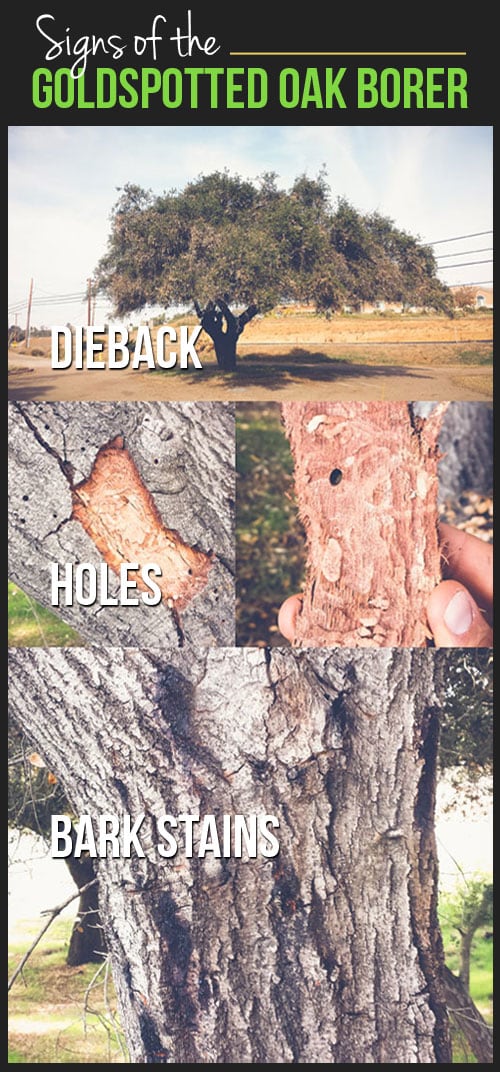Post-Tree Removal Upkeep: Effective Strategies For Landscape Remediation
Post-Tree Removal Upkeep: Effective Strategies For Landscape Remediation
Blog Article
Article Written By-Langley Leblanc
After a tree's removal, your landscape might look quite different, and it's important to evaluate the results meticulously. You'll intend to review the soil disruption and inspect surrounding plants for any type of indicators of tension. Overlooking these elements can lead to bigger issues down the line. So, what should you finish with those stumps and roots? And exactly how do you pick the most effective plants for your rejuvenated space? Allow's discover these essential steps.
Examining the Results: Reviewing Your Landscape
After a tree removal, it's crucial to assess your landscape to recognize the impact it has on your backyard.
Start by checking out the location where the tree stood. Seek indicators of soil disruption, and examine the surrounding plants for any type of anxiety or damages.
You need to additionally keep in mind of exactly how the removal has changed sunlight direct exposure and air flow in your yard. This shift can influence the development of neighboring plants, so it's necessary to examine their wellness.
Take into consideration the visual aspects also; the removal could develop an open space that you can redesign.
Lastly, think of any kind of prospective erosion problems that may emerge from the tree's absence. Dealing with these factors early will assist restore equilibrium to your landscape.
Dealing With Stumps and Roots: Options for Elimination
As soon as you have actually assessed the consequences of the tree elimination, you'll likely need to take on the stump and origins left behind.
discover this have a few choices for elimination. One efficient technique is stump grinding, where a specialist utilizes an equipment to grind the stump down to underground level. This strategy leaves minimal interruption to your landscape.
If you like a DIY approach, you can utilize a mix of digging and chemical stump removers. Just remember, this process can take time and initiative.
Conversely, think about leaving the stump as an all-natural feature, which can act as a special yard aspect or environment for wildlife.
Whatever you choose, resolving the stump and roots is important for restoring your landscape.
Selecting the Right Plants for Your New Room
As you assess your freshly gotten rid of space, choosing the right plants can substantially improve your landscape's charm and capability.
Beginning by taking into consideration the sunlight and dirt problems. For bright areas, select drought-resistant plants like lavender or succulents. In shaded places, brushes and hostas flourish well.
Think about the dimension and development behaviors of your plants; mix perennials and annuals for seasonal variety. Don't forget to include indigenous species; they call for much less maintenance and support neighborhood wild animals.
Tree Trim Service Near Me in strange numbers for a much more natural look and develop layers for aesthetic deepness.
Lastly, ensure you have a mix of colors and textures to maintain your landscape vivid throughout the periods.
Pleased growing!
Conclusion
To conclude, restoring your landscape after tree removal is a gratifying process. By assessing the results, dealing with stumps and origins, and choosing the right plants, you'll develop a successful environment. Don't fail to remember to include erosion control steps to shield your soil. With a little initiative and care, you can change your room right into a dynamic garden that boosts your building. Welcome the opportunity to renew your landscape and enjoy the elegance of nature right in your yard!
